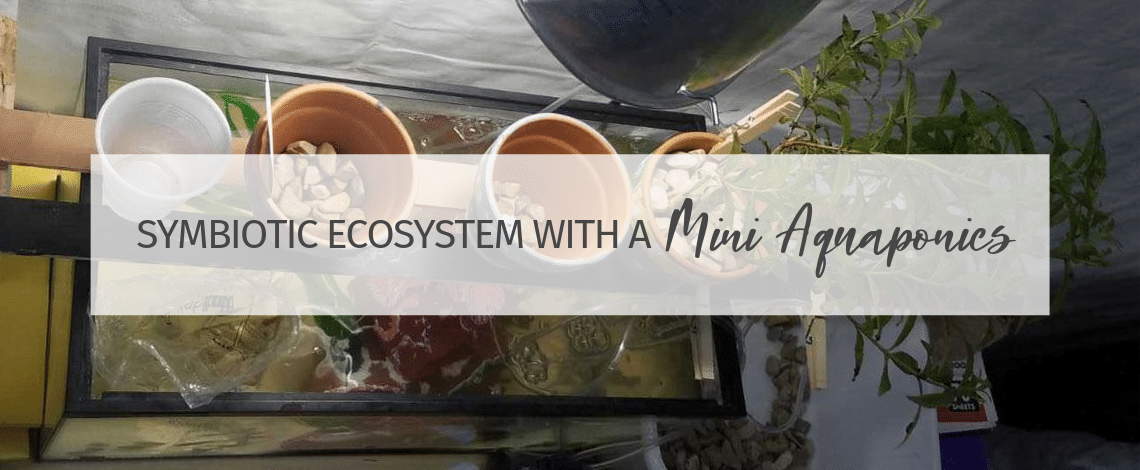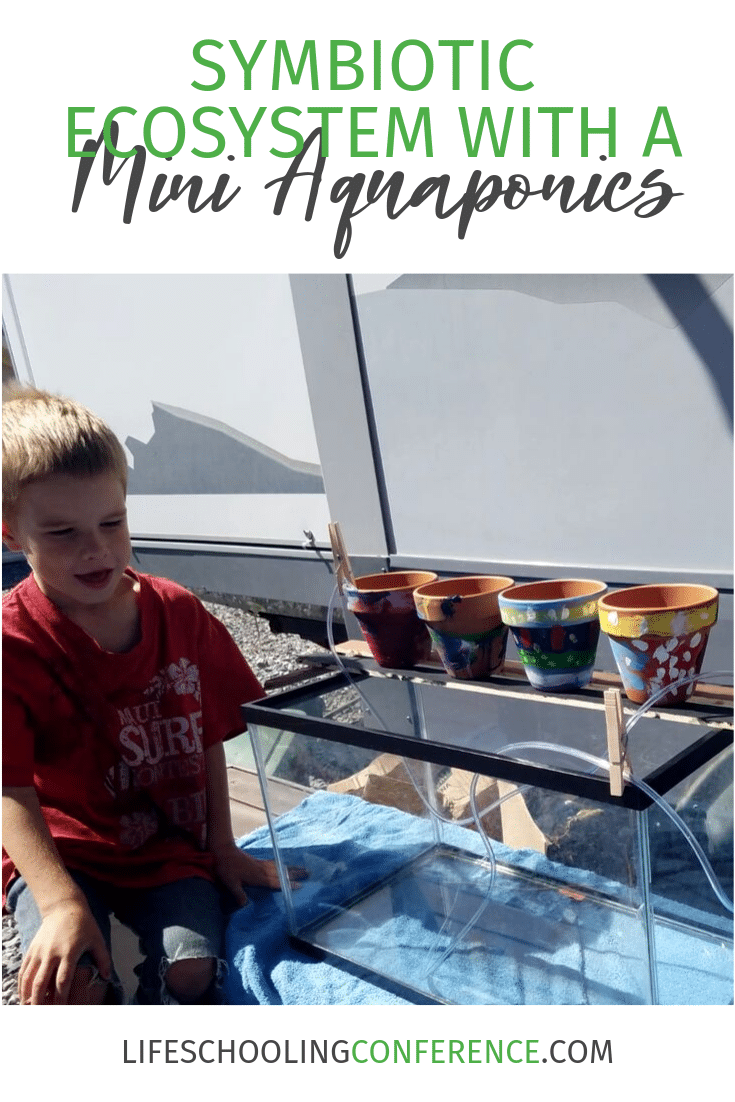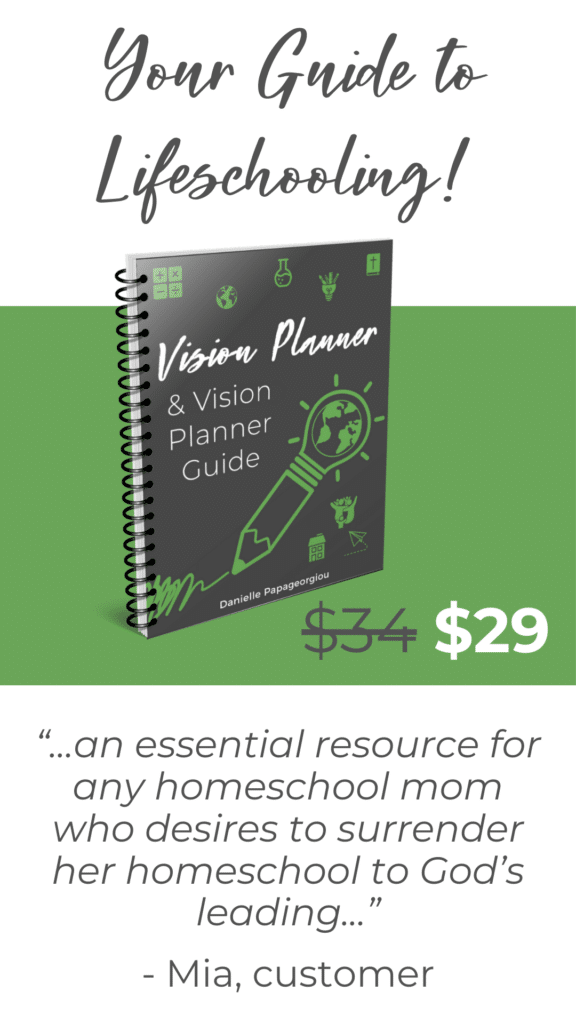One of my favorite parts about lifeschooling is getting to turn regular projects into epic learning adventures.
And this month was no exception for our family.
This month, we taught the kids about symbiotic ecosystems with a mini aquaponics.
What is a Symbiotic Ecosystem?
A symbiotic ecosystem is an ecosystem in which the plants/animals work together and help each other.
Some examples of a symbiotic relationship include:
Crabs and Sea Urchins – Crabs carry sea urchins (often venomous) around on their backs. This protects the crab from predators while giving the urchin a free ride.
Oxpecker and Zebras – the oxpecker is a small bird that hangs out on zebras eating ticks. This gives the oxpecker a free meal while giving the zebra some free pest control.
There are many other examples of symbiotic relationships in the wild. And we decided to bring one of those relationships into our home for a homeschool STEAM project.
There is a great Magic Schoolbus episode that explores this concept really well. Check out episode 52 – Magic Schoolbus Takes a Dive. (I couldn’t find this episode on YouTube but at the time of writing this, you can find this episode on Netflix or buy it on Amazon.
Lifeschooling with a Mini Aquaponics System
Now our kids absolutely LOVE animals. Over the years, we have owned chickens, ducks, rabbits, a dog, and a goat. Raising animals is a great way to teach kids some great life skills.
So when the kids asked if we could add some fish to the mix, of course I said yes.
But what’s better than just buying a fish and telling the kids to feed it every day? Having the kids use this new fish to create and learn about mini aquaponics systems.
So what is an aquaponics system?
An aquaponics system takes a fish tank and a garden and puts them together. In nature, fish and plants can actually be a great example of a symbiotic relationship.
Fish poop in the water, making it gross (but full of nutrients!) Plants living in or near the water can absorb this poopy water and take advantage of all those great nutrients. In return, plants clean and filter the water for the fish. It’s a great system!
An aquaponics system takes this relationship and brings it into a manageable scale. Many aquaponics systems raise edible fish along with edible plants, making this a great sustainable food source.
Learning about sustainable food sources is something we want to include in our kids’ education. So when the kids asked for a fish, of course we turned this into a lifeschooling lesson!
The Basic Components of an Aquaponics System
While there are many ways to build a successful aquaponics system, each successful system consists of a few main components.
Each system needs a tank to hold the water and the fish. Each system also needs what’s called a grow bed, which is basically the container that holds your plants and your ‘growing medium’ (something for the roots to cling to, such as rocks or coarse sand.) This grow bed also needs a way for water to drain from back into the tank.
After that, it’s just a matter of making sure your plants have good light to grow and your water has a way of getting up into your grow bed. Everything beyond that is the icing on the cake.
Our Lifeschooling Project
If you know anything about aquaponics systems, you know there are SO MANY WAYS to build an aquaponics. Seriously, if you can imagine it, you can build it.
This leaves a lot of room for creativity and problem-solving!
Our students decided to go simple and buy a premade 10-gallon fish tank. We found a cheap one on a local yardsale page.
Together, we brainstormed different grow bed ideas. We went to Lowes and browsed around, with each kid pointing out different options that might work. We finally settled on some terracotta pots suspended over the tank.
We opted to have our kids build their own manual water pump so they could get some more engineering experience.
The kids also decided they wanted to enjoy a nice art project so in addition to paining the grow bed pots, they also designed and built a fun fish toy to go inside the tank.

When the tank and all of its components were built and assembled, we picked out a few nice herbs and each kid got to pick out their very own goldfish.
After a few days of trial and error and figuring out what worked for our system (water flow speeds for example) we had a finished system and some newfound knowledge of a symbiotic ecosystem at work!
Read more about our classroom aquaponics adventures.
Learning About STEAM with a Mini Aquaponics
When a child takes care of an aquaponics system, the child learns about more than just feeding fish and taking care of plants.
For example – when you build or assemble your own aquaponics system instead of buying a pre-fabbed option, your kids can learn about engineering, art, and mathematics.
Include a great lesson on technology by having your students automate the system. From lights to pumps to bubblers, the whole thing can be fully automated if you take the time to build the appropriate tools.
Or check out these other fun STEAM activities.
Classroom Aquaponics Lesson Plan
I took the time to put together a detailed guide to classroom aquaponics. This guide includes descriptions, pictures, and links to videos.
In this guide, you will get an in-depth look at all the great STEAM topics and lessons your students will be learning about when they make their own mini aquaponics system.
Click Here to get your free copy of the Classroom Aquaponics Lesson Plan

- There’s More to Education Than Reading, Writing, and Arithmetic: Teaching Life Skills! - April 20, 2020
- Remembering Christ Through The Holidays - November 4, 2019
- Symbiotic Ecosystem with a Mini Aquaponics - October 7, 2019




